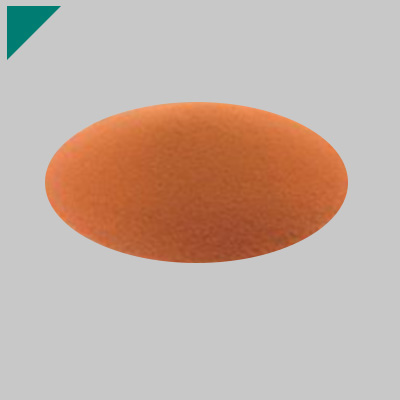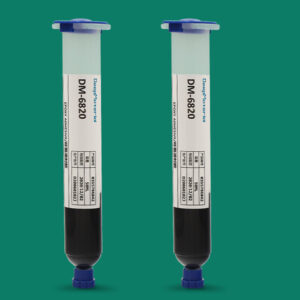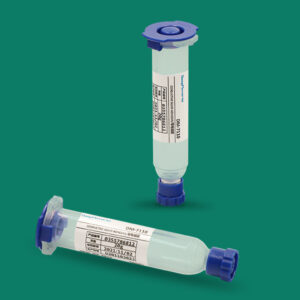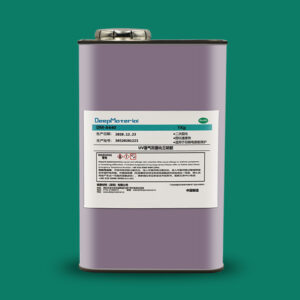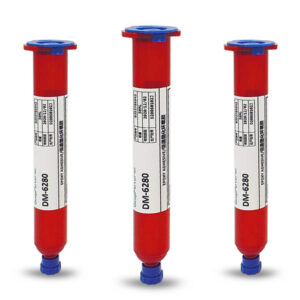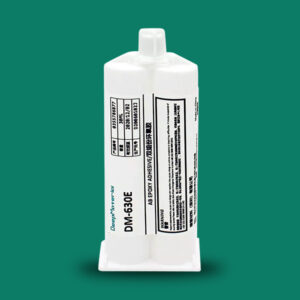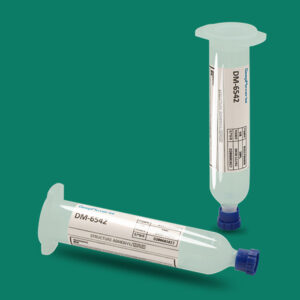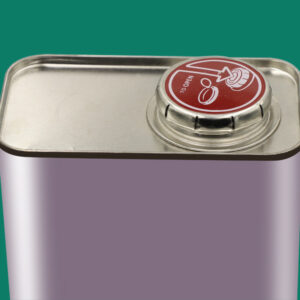Advanced Processes and Technologies for Improving the Dispersion Degree of Flame Retardants in Automatic Fire Suppression Material Glue
Advanced Processes and Technologies for Improving the Dispersion Degree of Flame Retardants in Automatic Fire Suppression Material Glue
In the field of modern materials science, Automatic Fire Suppression Material glue, as an important functional material, is widely used in multiple industries such as electronics, construction, and aerospace. Its flame retardant performance is of vital importance. The uniform dispersion of flame retardants in the glue plays a decisive role in the flame retardant effect of the glue. If the flame retardants are not evenly dispersed, it will lead to excessively high or low concentrations of flame retardants in local areas. An excessively high concentration may affect other properties of the glue, while a low concentration fails to effectively exert the flame retardant effect, thus reducing the fire safety of the entire material. Therefore, exploring advanced processes and technologies to improve the dispersion degree of flame retardants in the glue is of great significance for enhancing the comprehensive performance of Automatic Fire Suppression Material glue.

The Importance of Uniform Dispersion of Flame Retardants
Direct Impact on the Flame Retardant Effect
When the flame retardants are uniformly dispersed in the glue, during a fire, the flame retardants can uniformly exert their effects throughout the system. For example, intumescent flame retardants will form a uniform intumescent char layer on the surface of the material when heated. This char layer is like a thermal insulation barrier, which can effectively prevent the transfer of heat, oxygen, and combustible gases, thereby suppressing the progress of combustion. If the flame retardants are not evenly dispersed, there will be situations where a complete char layer cannot be formed locally, making it easy for the flame to break through the defense line and accelerate the combustion of the material.
Impact on Other Properties of the Glue
The uneven dispersion of flame retardants will also have a negative impact on the physical properties of the glue. For instance, it may cause the viscosity of the glue to be uneven, affecting its coating and construction performance. During the curing process, due to the uneven distribution of flame retardants, it may result in inconsistent curing speeds, thus affecting the mechanical properties such as the strength and flexibility of the glue after curing. Moreover, from an appearance perspective, uneven dispersion may cause problems such as uneven color and turbidity of the glue, affecting the aesthetics and quality of the product.
Limitations of Traditional Dispersion Methods
Mechanical Stirring
Mechanical stirring is a common dispersion method. Through the shear force generated by the rotation of the stirring paddle, the flame retardants are dispersed in the glue. However, this method has obvious limitations. For some flame retardants with small particle sizes and high surface energies, it is difficult for simple mechanical stirring to overcome the agglomeration force between them, resulting in poor dispersion effects. Additionally, mechanical stirring is prone to generating local concentration gradients and cannot ensure the uniformity of the entire system. For example, during the stirring process, there may be significant differences in the dispersion degree of flame retardants between the area close to the stirring paddle and the area far from the stirring paddle.
Simple Ultrasonic Dispersion
Ultrasonic dispersion utilizes the cavitation effect of ultrasonic waves to make the agglomerates of flame retardants instantaneously subjected to a strong impact force and disperse. However, simple ultrasonic dispersion also has its drawbacks. The action range of ultrasonic waves is limited. For a large amount of glue and flame retardant systems, it is difficult to ensure that the entire system can be fully affected by ultrasonic waves. Moreover, excessive ultrasonic time may have adverse effects on the molecular structure and properties of the glue, such as causing the degradation of the glue.
Advanced Processes and Technologies
High-Speed Shear Dispersion Technology
- Principle: The high-speed shear disperser generates strong shear, friction, and impact forces on the materials through the narrow gap between the high-speed rotating rotor and the stator. When the mixture of glue and flame retardants passes through this narrow gap, it is subjected to extremely high shear force in a short time, which can effectively break up the agglomerates of flame retardants and make them uniformly dispersed in the glue.
- Advantages: Compared with traditional mechanical stirring, the high-speed shear dispersion technology has a stronger shear force and higher dispersion efficiency, and can achieve better dispersion effects in a shorter time. For example, when dealing with some nano-scale flame retardants, high-speed shearing can make the nano-particles evenly dispersed in the glue, greatly increasing the effective surface area of the flame retardants, thus enhancing the flame retardant effect. Moreover, this technology can realize continuous production and is suitable for large-scale industrial applications.
- Application Case: In the production of electronic packaging glue, the high-speed shear dispersion technology is used to disperse nano-aluminum hydroxide flame retardants in epoxy resin glue. After testing, compared with the traditional stirring method, the glue prepared by the high-speed shear dispersion technology has a 20% improvement in flame retardant performance, and the strength and electrical properties of the glue after curing are also better maintained.
Ultrasonic Synergistic Dispersion Technology
- Principle: Combine ultrasonic waves with other dispersion methods (such as mechanical stirring or high-speed shearing). On the basis of mechanical dispersion, use the cavitation effect of ultrasonic waves to further refine the flame retardant particles and enhance their dispersion effect. The tiny bubbles generated by ultrasonic waves will produce local high temperature, high pressure, and strong shock waves when they burst, which helps to break up the agglomerates of flame retardants and make them better dispersed in the glue.
- Advantages: This synergistic technology not only exerts the macroscopic mixing effect of mechanical dispersion but also utilizes the microscopic dispersion advantage of ultrasonic waves, which can more effectively improve the uniform dispersion of flame retardants. Moreover, by reasonably controlling the power and action time of ultrasonic waves, the negative impact on the properties of the glue can be avoided.
- Application Case: In the preparation of building fireproof glue, preliminary dispersion is carried out by high-speed shearing first, and then secondary dispersion is carried out by ultrasonic waves. The experimental results show that the uniform dispersion of flame retardants in the glue treated by this synergistic dispersion is significantly improved. In the combustion test, the flame propagation speed is reduced by 30%, showing better fireproof performance.
Surface Modification Technology
- Principle: Chemically modify the surface of the flame retardants. Through methods such as grafting and coating, introduce groups or substances with good compatibility with the glue on the surface of the flame retardants. For example, use silane coupling agents to treat the surface of inorganic flame retardants. One end of the silane coupling agent can react with groups such as hydroxyl groups on the surface of the flame retardants, and the other end can interact with the glue molecules, thereby improving the compatibility between the flame retardants and the glue and promoting their dispersion in the glue.
- Advantages: Surface modification can not only improve the dispersion of flame retardants but also enhance the interfacial bonding force between the flame retardants and the glue, improving the comprehensive performance of the glue. The surface-modified flame retardants are not easy to agglomerate and settle in the glue and can maintain a good dispersion state for a long time.
- Application Case: Add surface-modified phosphorus-based flame retardants to polyurethane glue. The modified flame retardants are uniformly dispersed in the glue, the flame retardant performance of the glue is significantly improved, and the mechanical properties such as tensile strength and flexibility are also improved to a certain extent.
Microencapsulation Technology
- Principle: Wrap the flame retardants in tiny capsules, and the capsule wall materials usually select polymer materials with good compatibility with the glue. In the glue, the microcapsules can be uniformly dispersed. When encountering a fire, the capsule wall breaks and releases the flame retardants to play a role.
- Advantages: Microencapsulation can protect the flame retardants from the influence of the external environment and improve their stability. At the same time, the uniform dispersion of microcapsules helps to ensure the uniform distribution of flame retardants throughout the glue, avoiding the problems of agglomeration and sedimentation of flame retardants. Moreover, by controlling the thickness and composition of the capsule wall, the slow release of flame retardants can be achieved, prolonging the flame retardant action time.
- Application Case: Apply microencapsulated bromine-based flame retardants in automotive interior glue. The microcapsules are well dispersed in the glue. In the simulated fire experiment, the glue can maintain its flame retardant performance for a long time, effectively delaying the spread of the flame and gaining time for personnel evacuation and fire rescue.
Supercritical Fluid Technology
- Principle: Utilize the unique physical properties of supercritical fluids (such as supercritical carbon dioxide). It has the low viscosity of a gas and the high density of a liquid, and can quickly penetrate into the interior of the flame retardant agglomerates. In the supercritical state, the flame retardants and the glue are mixed, and then the supercritical fluid is volatilized by reducing the pressure, so as to achieve the uniform dispersion of the flame retardants in the glue.
- Advantages: The supercritical fluid technology can be carried out under mild conditions, avoiding the influence of factors such as high temperature on the properties of the glue and the flame retardants. Moreover, this technology can achieve molecular-level dispersion, greatly improving the dispersion uniformity and stability of the flame retardants.
- Application Case: In the high-performance glue for aerospace applications, the supercritical carbon dioxide technology is used to disperse nano-scale organosilicon flame retardants. The results show that the flame retardants are highly uniformly dispersed in the glue, and the flame retardant performance and high and low temperature resistance of the glue are significantly improved, meeting the strict requirements for high-performance materials in the aerospace field.
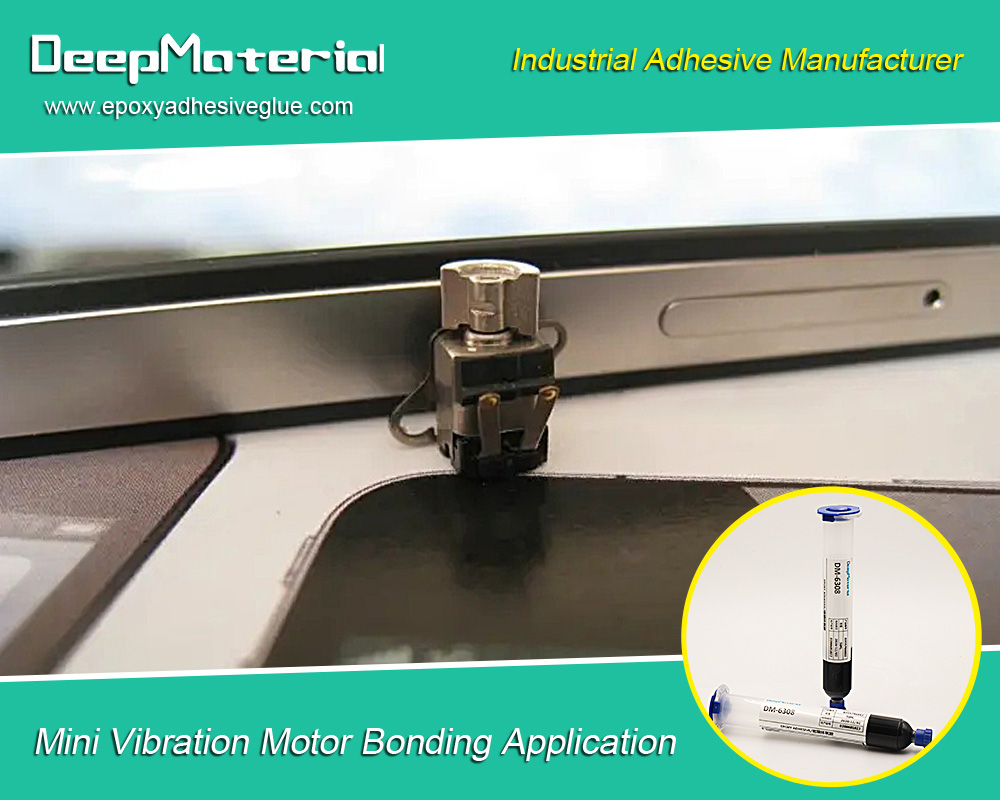
Conclusion
Improving the dispersion degree of flame retardants in Automatic Fire Suppression Material glue is crucial for enhancing its flame retardant performance and comprehensive performance. Traditional dispersion methods have many limitations, while advanced processes and technologies such as high-speed shear dispersion technology, ultrasonic synergistic dispersion technology, surface modification technology, microencapsulation technology, and supercritical fluid technology can effectively improve the uniform dispersion of flame retardants through their unique principles and advantages. In practical applications, according to the type of glue, the characteristics of the flame retardants, and the requirements of the production process, the appropriate dispersion technology or a combination of multiple technologies should be selected to achieve the best dispersion effect and material performance. With the continuous development of materials science and technology, it is expected that more efficient and convenient dispersion technologies will be developed in the future, further promoting the widespread application and performance improvement of Automatic Fire Suppression Material glue in various fields.
For more about advanced processes and technologies for improving the dispersion degree of flame retardants in automatic fire suppression material glue, you can pay a visit to DeepMaterial at https://www.epoxyadhesiveglue.com/category/epoxy-adhesives-glue/ for more info.



